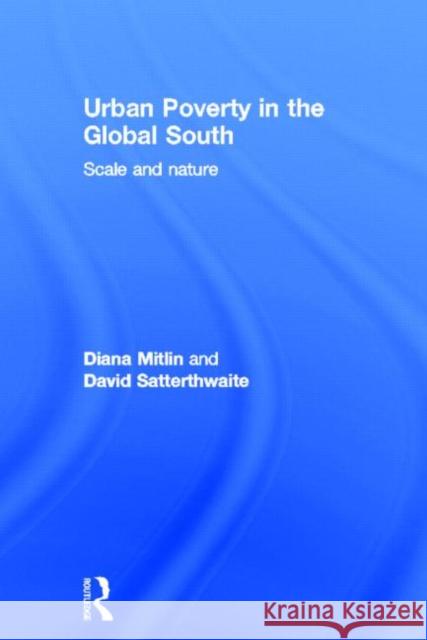Urban Poverty in the Global South: Scale and Nature » książka
Urban Poverty in the Global South: Scale and Nature
ISBN-13: 9780415624664 / Angielski / Twarda / 2012 / 368 str.
Urban Poverty in the Global South: Scale and Nature
ISBN-13: 9780415624664 / Angielski / Twarda / 2012 / 368 str.
(netto: 672,22 VAT: 5%)
Najniższa cena z 30 dni: 654,86
ok. 22 dni roboczych
Bez gwarancji dostawy przed świętami
Darmowa dostawa!
One in seven of the world's population live in poverty in urban areas, and the vast majority of these live in the Global South - mostly in overcrowded informal settlements with inadequate water, sanitation, health care and schools provision. This book explains how and why the scale and depth of urban poverty is so frequently under-estimated by governments and international agencies worldwide. The authors also consider whether economic growth does in fact reduce poverty, exploring the paradox of successful economies that show little evidence of decreasing poverty. Many official figures on urban poverty, including those based on the US $1 per day poverty line, present a very misleading picture of urban poverty's scale. These common errors in definition and measurement by governments and international agencies lead to poor understanding of urban poverty and inadequate policy provision. This is compounded by the lack of voice and influence that low income groups have in these official spheres.This book explores many different aspects of urban poverty including the associated health burden, inadequate food intake, inadequate incomes, assets and livelihood security, poor living and working conditions and the absence of any rule of law. Urban Poverty in the Global South: Scale and Nature fills the gap for a much needed systematic overview of the historical and contemporary state of urban poverty in the Global South. This comprehensive and detailed book is a unique resource for students and lecturers in development studies, urban development, development geography, social policy, urban planning and design, and poverty reduction.











